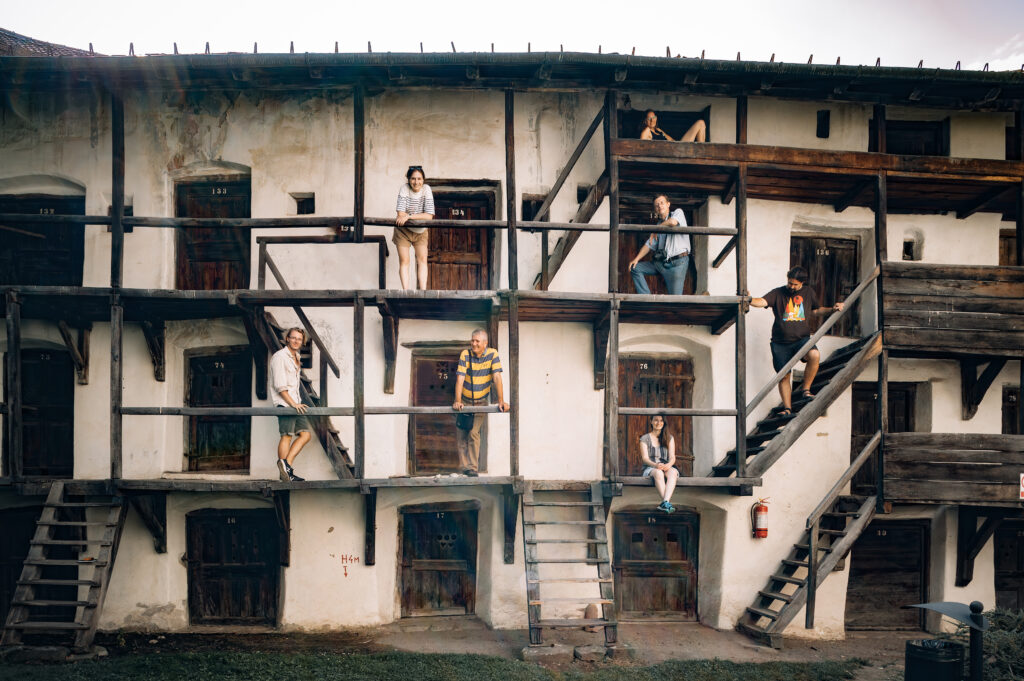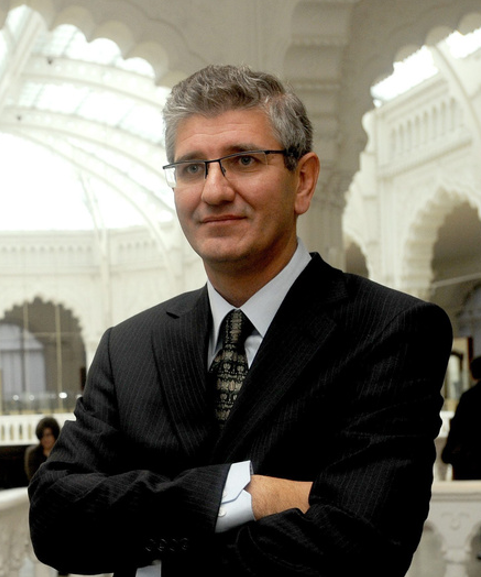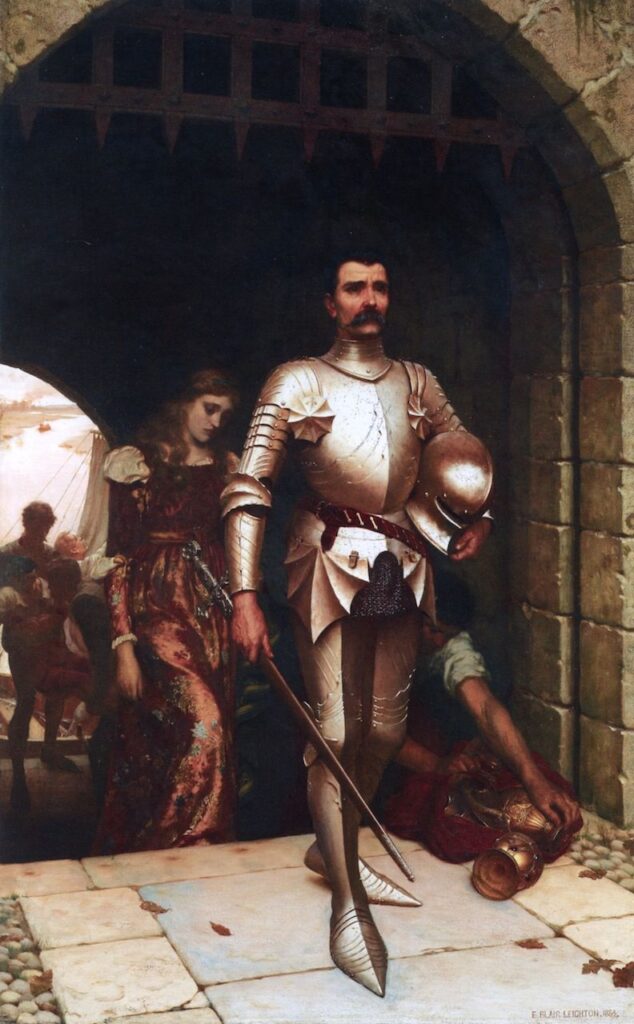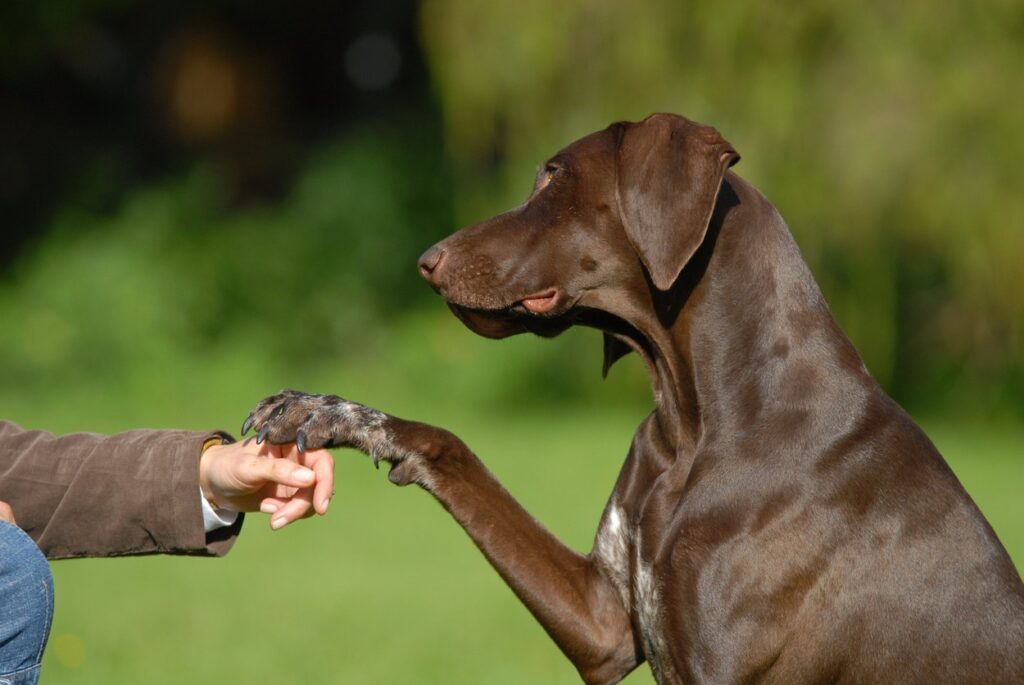After meeting the goal of the 2017–2022 research cycle by creating a thesaurus of the Árpád-era art in Hungary, the Thesaurus Mediaevalis research team has set a new goal of creating a handbook of the complete Árpád-era art in Hungary, including buildings and their stone carvings, mural paintings, liturgical objects and tools of political representation. The main objective is to assemble a comprehensive work that corresponds to the latest European standards and meets the demands of not only the scientific community but a broader audience too, containing future proof knowledge to be utilised in middle and higher education, as well as providing a trustworthy, objective, fact- and research-based basis of historical consciousness and national identity. The English edition strengtens the presence of Árpád-era art in Hungary in the international research, and by exploring the intricate international connections of Hungarian art, it is presented and explained in a broader European context, further enhancing the image of Hungaryan history and art in Europe.
External Links
The materials for the handbook are prepared by a wide base-research, during which the existing art pieces and memorials are being further described and evaluated with the inclusion of young experts of each topic. The handbook thus incorporates and revises the latest research, creating and forwarding lasting value for the future generations of art historians. The research is being conducted in cooperation with the ELTE Faculty of Humanities as host institution, which allows for the inclusion of university students in the fieldwork and research via internship programs, raising the quality of education and offering a perspective for aspiring young researchers, who can learn the latest methodology through first-hand practical experience. During the research phase the immediate publication of the newest results is being emphasized, amplifying the international exposure of new ideas and further motivating young and aspiring researchers and trainees to progress towards a successful career in the field of art history. The team also ancourages meaningful discussion about hot topics in the latest research by organizing panel talks and providing a space for conversation between researchers and students in the Medieval Forums.
Our exposure is being widened even further via our website, in which the art pieces from Árpád-era Hungary are being published in an extensive and expandable database, focusing on publishing pictures of the items as well as a detailed bibliography for access to further information.





